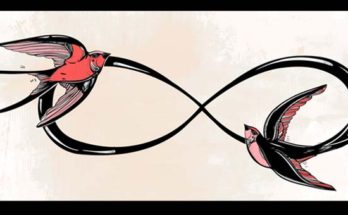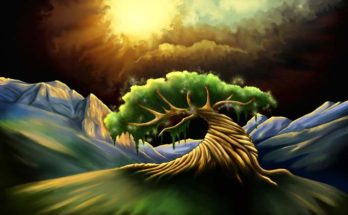 The symbolic meaning of Christmas trees originates in pagan culture where the evergreen represents life, rebirth, and stamina needed to endure the winter months.
The symbolic meaning of Christmas trees originates in pagan culture where the evergreen represents life, rebirth, and stamina needed to endure the winter months.
Scandinavian and Norse traditions honored the winter solstice (December 25) by decorating evergreens. At this time fir trees were also burned to commemorate the life that stirs even in the most frigid grips of winter. These traditions also marked the end of the old year and the beginning of a new year.
Pagan lore indicates the time between December 25 until about early-mid January are some of the coldest days of the year. It was believed evil spirits were at their strongest during these months. To thwart the nasties, evergreens were brought into the home as symbols of protection. These evergreens were alight with candles, the idea here was to “light up” the darkest, coldest conditions and thereby shoo away naughty spirits.
It wasn’t until about the nineteenth century that we find Christianity absorbing the bright, cheery symbolism of the Christmas tree. The Christians had long held the fir as a symbol of the Tree of Life. Early Christians knew their symbolism well, as they added candles and apples to their Christmas firs. These candles represented the light of Christ. The apples symbolized knowledge which spawned man’s original sin according to Christian belief. Here we see the light of Christ absolving the “fall of man” within the immortal symbol of the Christmas tree.




Christians don’t “absorb” Pagan symbols. If you look back into history the Pagans took symbols that Christians were already using and used them as well… No one stole from anyone else, unless you were Roman 🙂
Thank you for your observation